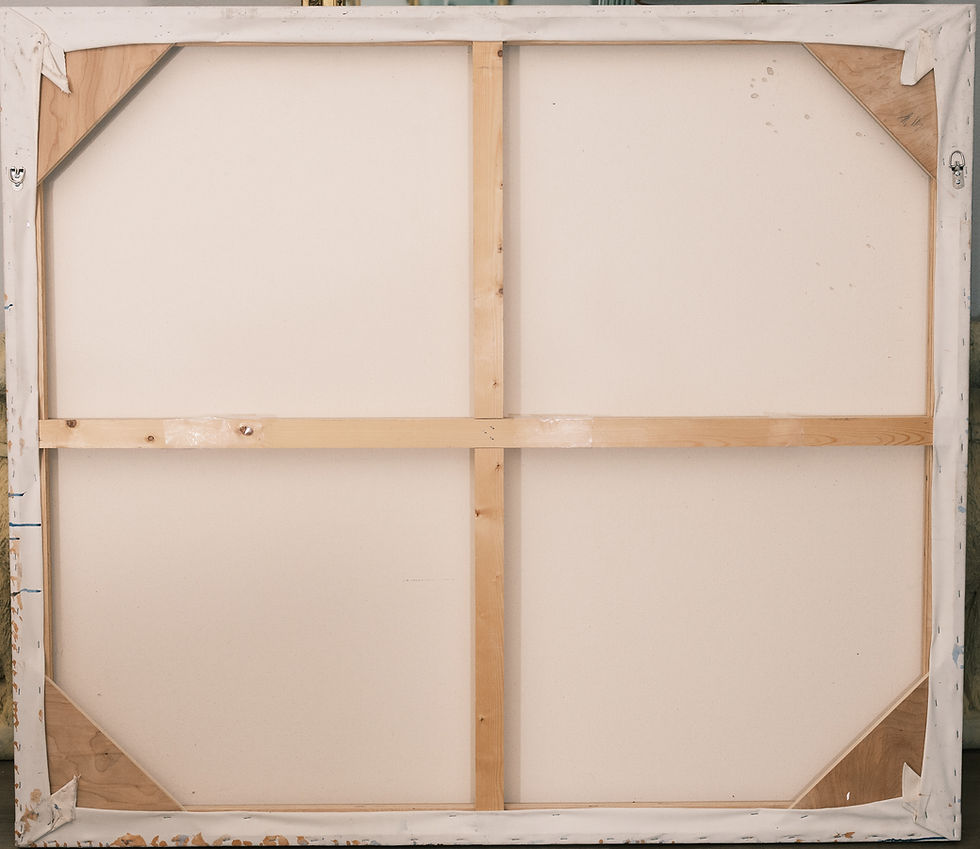"Map and History of Peking"- Frank Dorn
A Map and History of Peiping; formerly known as Peking; capital of provinces, princedoms, and kingdoms since 1121 B.C.; in 1264 A.D. the capital of the Mongol Empire of Kublai Khan; made the capital of the Ming Empire and built as it is today by Yung Lo in 1421; continued as the capital of the Chinese Empire through the Ming and Ching Dynasties; and now a city which will live long in the memory of man as one of the greatest the world has ever known. Completed on this fifth day of February in the year of our Lord Nineteen Hundred and Thirty-six.
A viewer can lose themselves exploring the many charming depictions of civilized life in this "chromolithograph" or early color lithograph of Peking, now know as Beijing, China. An excellent specimen of the "Golden Age of Pictorial Cartography" that shows the old city walls and some surrounding lands.
The history, geography, and culture of the city is told through a bustling landscape of scenes featuring the city's inhabitants, historical figures, monuments, and activities. Featured landmarks include: The Old Execution Ground, the Eunuch's Cemetery, the Dog Temple, the Temple of Eighteen Hells, the Spider Pagoda, Black Dragon Pool, Yellow Temple, Alter of Earth, Taoist Temple, Alter of the Moon, The Great Wall, the Summer Palace, Drum Tower, Forbidden City, Legation Quarter, Temple of Heaven, Alter of Agriculture, Lien Hua Painting School, and many others. The city is inhabited by people demonstrating many activates and occupations, such as merchants, rickshaw operators, boxers, porters, soldiers, scholars, clergy, police, bicyclists, farmers, bankers, parents with children, water carriers, diners, warriors, travelers, worshipers, dancers, musicians, horse riders, and golfers, . The city also has many animals such as donkeys, camels, cats, sheep, dogs, elephants, horses, peacocks, doves, dragons, roosters, cattle, deer, lions, and geese. Land features include bright blue rivers and canals, green stands of trees, roads, railways, and bridges.
The outer border of the piece features a pictographic timeline of the city's history, and tells the story of its succession on rulers and political events. The border also illustrates funeral and wedding processions.
This color lithograph on paper is framed in a vintage, wood frame that resembles bamboo. No glass.





























